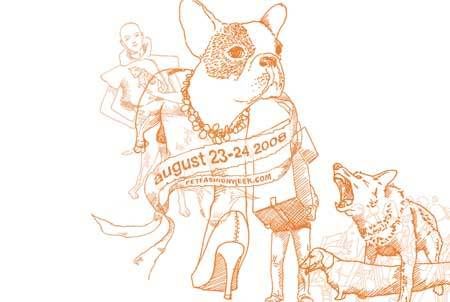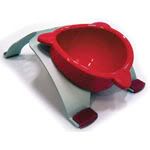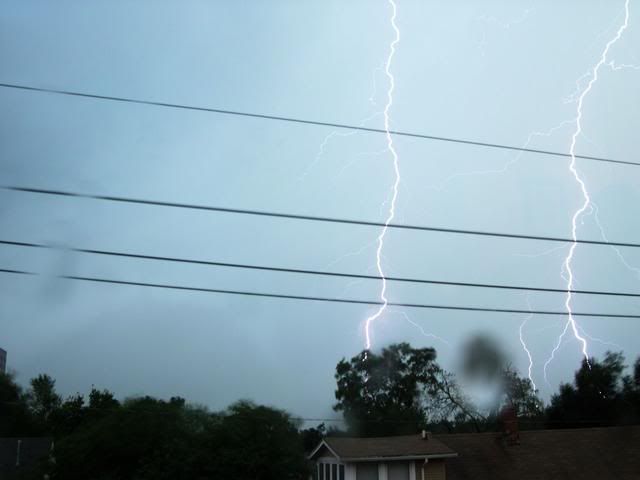
Pet Fashion Week has come and gone and I ignored it this year. Why?
First, it isn’t really a week but only a couple of days. But I guess it doesn’t have the same zing to say “pet fashion weekend” or perhaps they plan to expand the show for a full week.
Mainly, I am not a huge fan because–much like the fashion industry shows for humans–it tends to be a little over the top for my taste.
I don’t particularly care for seeing dogs appear as accessories or in matching garb (personally I just change collars and leash for fashion coordination) and I’d rather animals be appreciated for who they are.
So here is my confession…I am keeping up on trends and writing a Canine Couture column for C.H.I.C.K. Scene Magazine. Now I have plans to expand the topics since the mag focuses on Charity, Hope, Inspiration, Community, and Karma. (CHICK–get it?)
But I though you might like the pet fashion week pictures so here are a few snaps of pet fashion week models, some of the friendly mutts from the pet fashion week exhibit hall, and a slide show from the pet fashion week cat walk.
On the upside, I did find a product I liked from the United Kingdom called the HugX dog bowl. The bowl, is angled at 32.5° which allows food to fall into the center of the bowl.
The bowl, is angled at 32.5° which allows food to fall into the center of the bowl.
According to the description, “Each bowl has specific grips characterized subtly as ears and a tongue to prevent the user from touching food.”
The aluminum holder allegedly mimics a dog’s body and the narrow “waist” creates an easy grip for the human and raises the bowl above floor level.
Another feature is the high grip rubber feet which are set wide apart to prevent toppling or movement.
This pet product is available with a few different color bowls such as pink, blue, red, and white.
I’d like to see a large dog version but other than that I think it is a super idea. You can check out the HugX dog bowl which incidentally was one of the pick of the litter in the doggie dining category at Pet Fashion Week.
Check it out along with others in the running for the Lifestyle Innovation Award.


